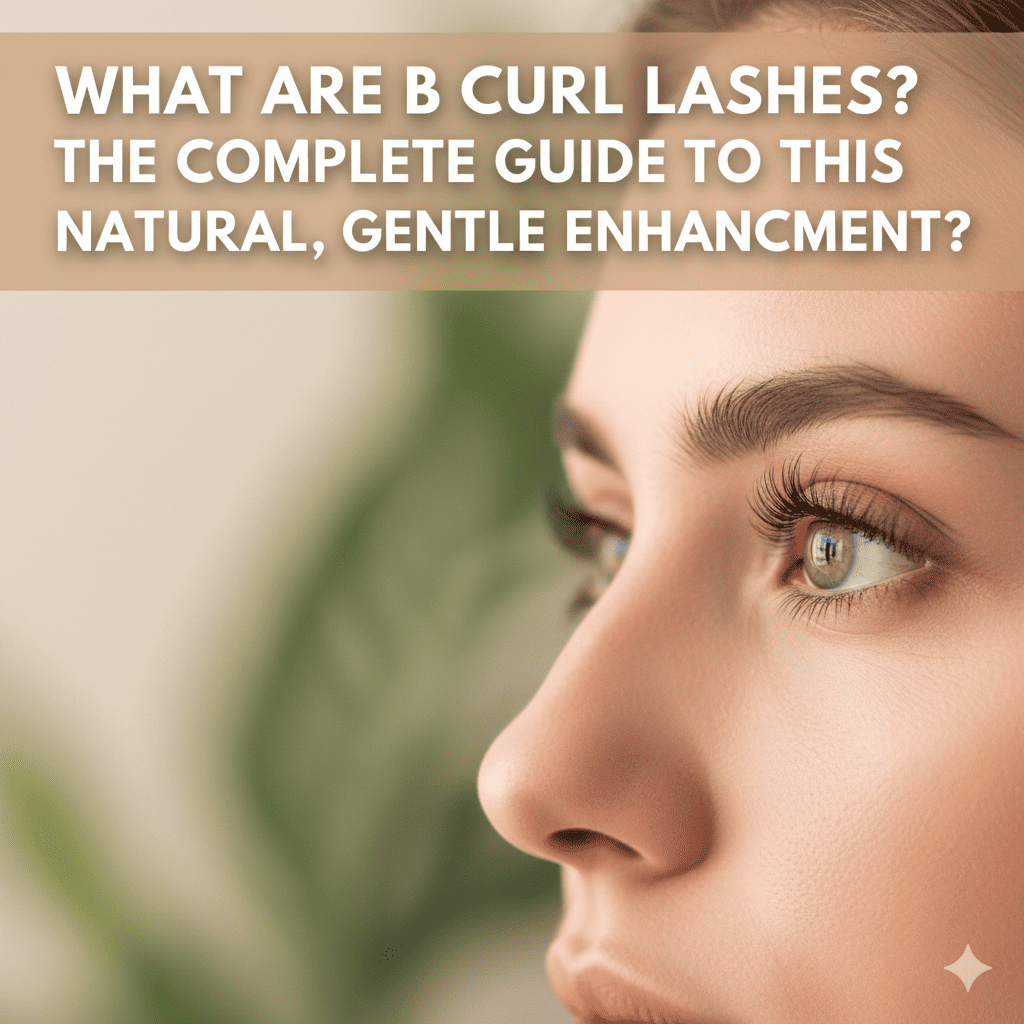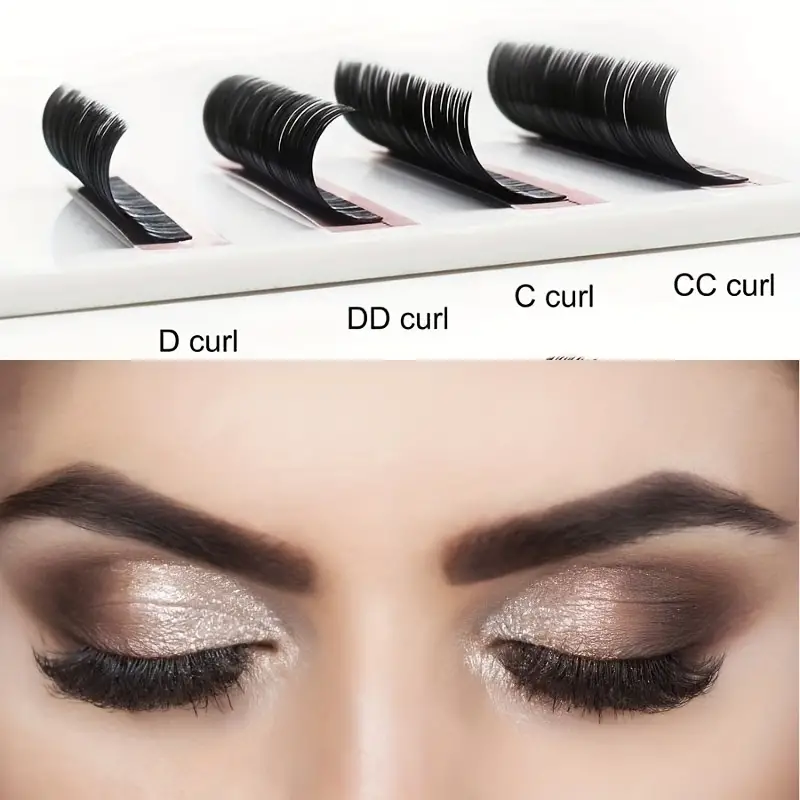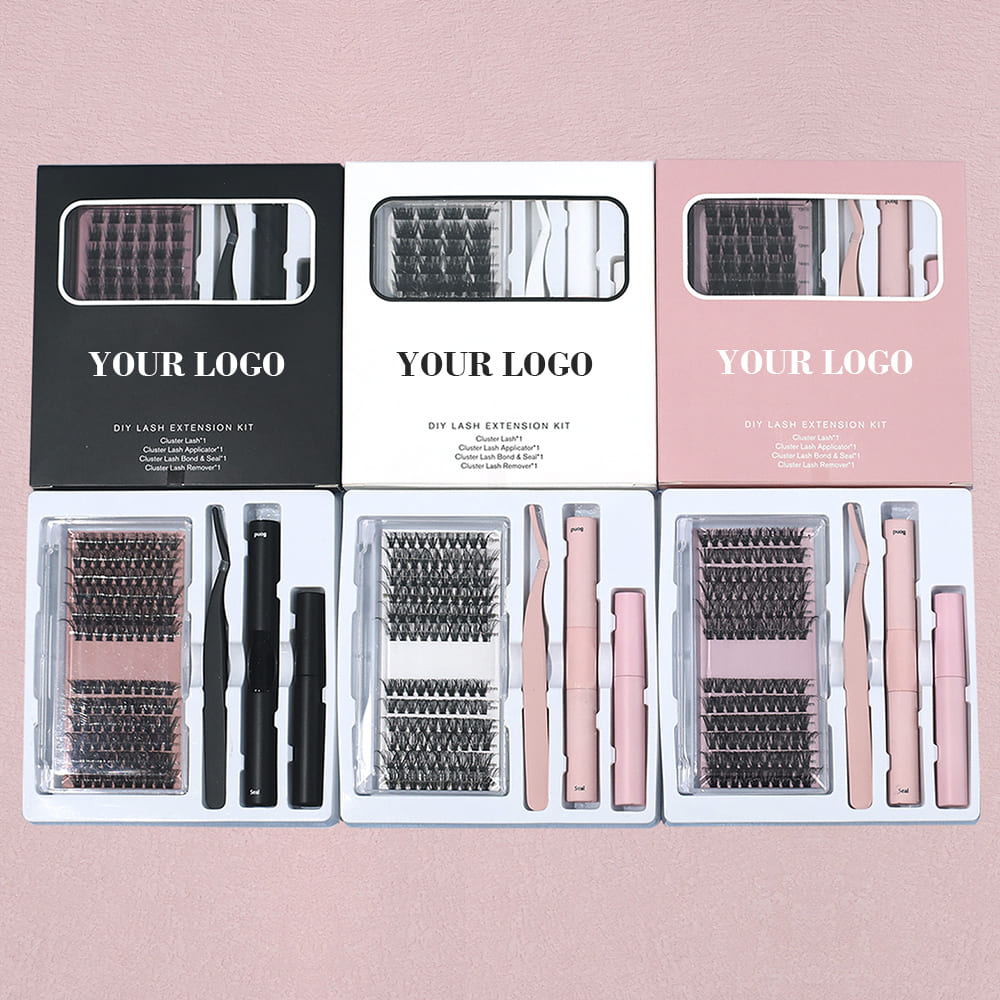Sourcing lash trays from overseas feels like a gamble. You worry about inconsistent quality, hidden fees, and unreliable partners, putting your salon’s reputation and profits on the line.
To successfully buy wholesale, you must first diligently vet suppliers by checking certifications and ordering detailed samples. Then, clearly define your product specifications, negotiate MOQ and private label terms, and confirm all logistics and payment details before committing to a large order.
As the owner of UBLash, I talk to brand owners like Sophie from Canada every single day. They are smart, assertive, and know exactly the quality their clients expect. The biggest frustration they share with me is the difficulty of finding a reliable wholesale partner in China who understands their needs. The process can feel opaque and risky. You see a great price, but wonder what the catch is. My goal with this guide is to pull back the curtain. I will walk you through the exact steps and considerations I advise my own private label partners to take. This is your ultimate 2025 checklist for sourcing with confidence.
How Can You Verify a Supplier’s Quality Before Placing a Large Order?
You’ve found a potential supplier online, but their product photos look too good to be true. How do you know if the actual product quality will match, or if it will be a huge disappointment?
Verify quality by requesting a comprehensive sample kit, not just one tray. Ask for business licenses and product certifications like ISO or MSDS. Schedule a video call for a virtual factory tour to see their operations firsthand.
Dive Deeper: A Multi-Step Verification Process
Relying on website images alone is the fastest way to receive a bad batch of lashes. As a business owner, you need tangible proof of quality. I always tell new wholesale inquiries to start this process with me, as it builds trust from day one. A professional supplier will welcome your scrutiny. First, reach out and request a sample pack. Don’t just ask for one C curl 0.07 tray. Ask for a variety: a classic tray, a volume tray, and an easy fan tray. Test them yourself. Do the lashes fan easily? Is the curl consistent? Is the strip tacky but not overly sticky? Then, you must ask for documentation. This separates legitimate factories from small, unaccountable trading companies. A good supplier can immediately provide you with their business registration and quality certifications. Finally, ask for a video call. I regularly give potential partners like Sophie a live tour of our production area via video chat. This transparency shows them we are a real, operational facility and not just a middleman. It shows we have nothing to hide and are proud of our process.
| Verification Step | Key Action Item | What It Proves |
|---|---|---|
| 1. Order Samples | Request a variety of products (volume, classic, different curls) to test performance. | Shows real-world product quality, material feel, and curl consistency. |
| 2. Request Documents | Ask for a copy of their business license and quality certifications (e.g., ISO for management, MSDS for materials). | Proves they are a legally registered business and adhere to international quality standards. |
| 3. Schedule a Video Tour | Ask for a live video call to see their factory, production line, and warehouse. | Confirms they are a manufacturer, not just a reseller, and shows their operational standards. |
| 4. Check Reviews | Look for reviews or testimonials from buyers in your region (e.g., North America, Europe). | Provides social proof and insights into other buyers’ experiences with communication and quality. |
What Key Product Specifications Should You Never Overlook?
Your sample order was great, but now you need to place a bulk order. Translating your needs into technical specifications can be confusing, and a small mistake can result in thousands of useless lash trays.
Focus on three core specs: the material (premium Korean PBT is best), the curl consistency (ensure they offer stable C, D, CC curls), and the strip’s backing (foil-backed strips are a must for easy removal).
Dive Deeper: Decoding the Spec Sheet
Every detail on that lash tray matters to the artist who will eventually use it. As a private label owner, you are the quality gatekeeper. Getting the specifications right is your most important job during the ordering process. Let’s start with the material. Insist on high-quality Korean PBT fiber1. It’s renowned for being soft, lightweight, holding its curl, and having a deep, matte black finish that clients love. Cheaper materials won’t hold their curl after a few weeks. Next, discuss the curl. A good supplier uses advanced manufacturing methods to ensure every single lash on every tray has a consistent curl. Nothing is worse for an artist than a C curl that looks more like a J curl. Confirm their curl standards2 and ask how they maintain them. Finally, a small detail with a huge impact: the strip backing. Paper-backed strips are a nightmare. They leave a sticky, messy residue on the artist’s tile. Foil-backed strips peel off cleanly every single time, which is a major sign of a premium, artist-focused product. Getting these details right shows your customers that you understand their workflow.
| Specification | Industry Standard (What to Ask For) | Why It’s Crucial for Quality |
|---|---|---|
| Lash Material | 100% Korean PBT Fiber (Matte Black) | Offers superior softness, flexibility, and curl retention. It looks the most natural. |
| Curl Type & Stability | A wide range (J, B, C, CC, D, L, M) with advanced heat treatment for stability. | Ensures every lash is uniform and the curl will not relax or droop over time. Inconsistency is a mark of a bad product. |
| Strip Backing | Foil-Backed Strips3 | Allows lash artists to remove and re-stick strips on their palettes without leaving paper residue. It’s a key sign of a professional-grade product. |
| Diameter & Length | Calibrated diameters (e.g., 0.03, 0.05, 0.07) and accurate lengths per strip. | Precision is vital for lash artists to create specific designs. Inaccurate diameters can ruin volume fans. |
How Do You Navigate MOQs, Pricing, and Private Labeling Effectively?
You’re ready to order, but the supplier’s MOQ (Minimum Order Quantity) is huge. Or you want to private label, but the customization process seems complicated and expensive. This is where many new buyers get stuck.
Find a supplier specializing in low MOQ for private label. Clearly ask for a price ladder (cost per tray at 50, 100, 500 units). Provide your logo in a high-resolution vector file for perfect printing.
Dive Deeper: The Business Side of Sourcing
This is the conversation I have most often with entrepreneurs like Sophie. They have a brand vision but need a partner who can accommodate their business size. The key is to find a supplier whose business model aligns with yours. At UBLash, we built our company around supporting emerging brands, so offering low MOQs for private label is our specialty. Not all factories do this. Some are built for massive orders and will not be flexible. When you inquire, be direct. Don’t just ask "how much?" Ask for a detailed price breakdown based on quantity. The price per tray should decrease as your order volume increases. For private labeling, the process should be simple. A good supplier will have ready-made templates for the lash tray cards. All you need to do is provide your logo in the correct format (an AI or EPS vector file is best) and they will handle the printing. Be sure to ask if there is a one-time printing plate fee or if the customization cost is built into the unit price. Clear communication here prevents surprise charges on your final invoice.
| Negotiation Point | What to Ask Your Supplier | Pro Tip for New Buyers |
|---|---|---|
| MOQ (Minimum Order Quantity) | "What is your MOQ for private label lash trays1? Can I mix curls and lengths to meet it?" | Look for suppliers who explicitly advertise "Low MOQ2." This shows they are set up to serve growing brands. |
| Pricing | "Can you provide a price list for trays at different quantities (e.g., 100, 200, 500 units)?" | Always factor in shipping costs to get your true "landed cost" per tray. |
| Private Labeling | "What are the costs for custom-printed cards? Do you need a vector file for my logo? Can I see a digital proof before printing?" | Always approve a digital mockup before they print thousands of cards. Check for spelling, color, and placement. |
What Are the Critical Logistics and Payment Details to Confirm?
Your product is ready, but now it has to get from a factory in China to your salon in Canada. The world of international shipping, customs, and payment methods is a minefield of potential delays and unexpected costs.
Confirm the shipping method (e.g., FedEx, DHL for speed; air freight for bulk), who is responsible for customs fees (DDP terms are best), and the production lead time. Use secure payment methods like PayPal or bank transfer.
Dive Deeper: Getting Your Products Home Safely
This final step is where many deals can go wrong due to miscommunication. Before you pay your final balance, you must have a clear, written agreement on logistics. First, discuss production lead time. A good supplier should be able to tell you, "An order of 500 trays will take 15 business days to produce." Get this in writing. Next, discuss shipping. For new buyers, I highly recommend using a courier service like FedEx, DHL, or UPS. It is faster and they handle a lot of the customs paperwork for you. A key term to know is "DDP" (Delivered Duty Paid). If your supplier offers DDP shipping, it means they handle all transportation and customs fees, and the package arrives at your door with no extra charges. This is the most stress-free option. For payment, a common and fair method is a 30-50% deposit to start production and the remaining balance upon completion, just before shipping. Reputable suppliers will accept secure methods like PayPal (which offers buyer protection) or a direct bank T/T transfer. Never agree to untraceable payment methods.
Conclusion
Sourcing wholesale is about finding a true partner, not just a product. By methodically verifying quality, defining specs, and clarifying business terms, you can build a reliable and profitable supply chain.
-
Explore the advantages of Korean PBT fiber, known for its softness and curl retention, essential for high-quality lash extensions. ↩ ↩
-
Understanding how suppliers maintain curl standards can help ensure consistency and quality in your lash products. ↩ ↩
-
Discover why foil-backed strips are preferred by professionals for their clean removal and ease of use in lash application. ↩

Fanny
Lash Technician
Hi, I’m Fanny, the author of this post.
Over the past 5 years, we have assisted numerous lash salons and technicians across 20 countries to build their lash brand and grow their businesses with high-quality lash extension products.
If you have any questions or need assistance, feel free to reach out for a free consultation or to discuss tailored solutions for your business needs.
More Interesting Posts
Bulk Lash Extension Purchasing: MOQ Negotiation & Volume Discounts
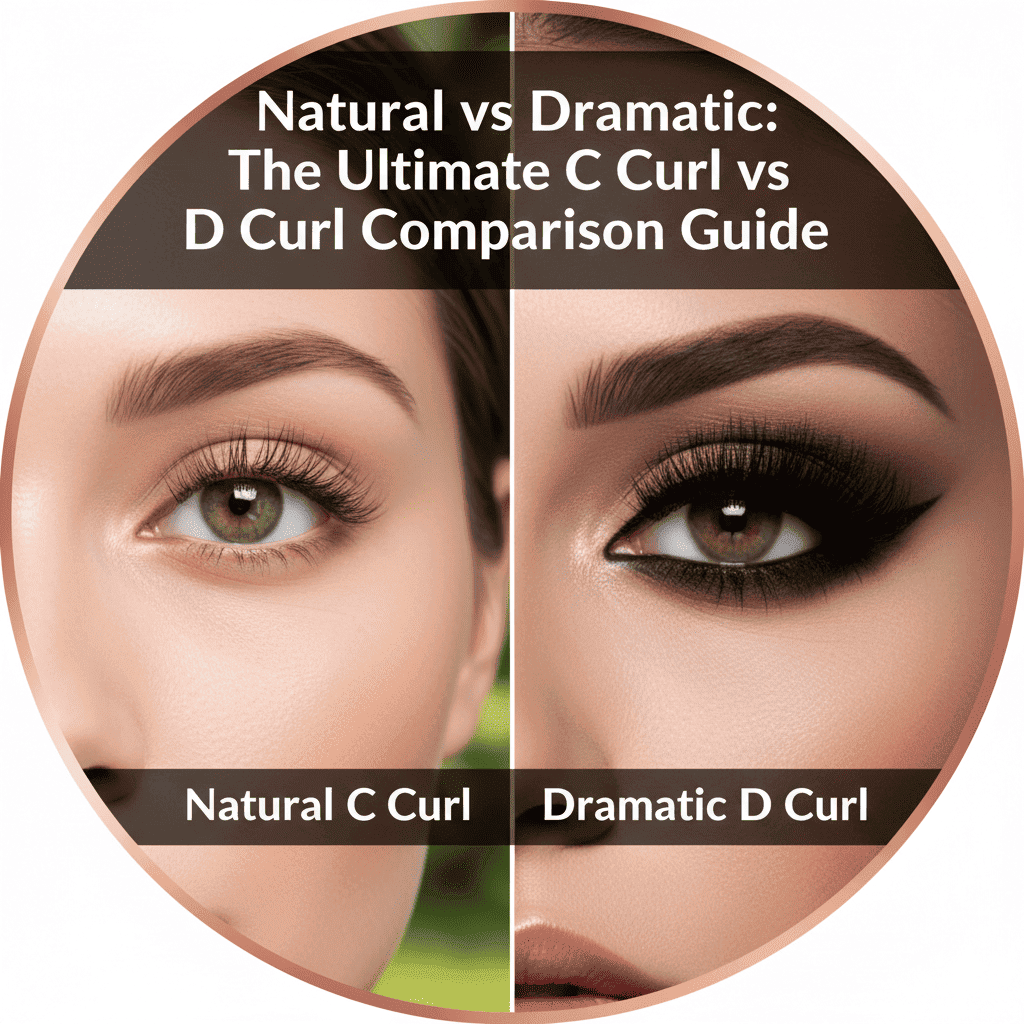
Natural vs Dramatic: The Ultimate C Curl vs D Curl Comparison Guide
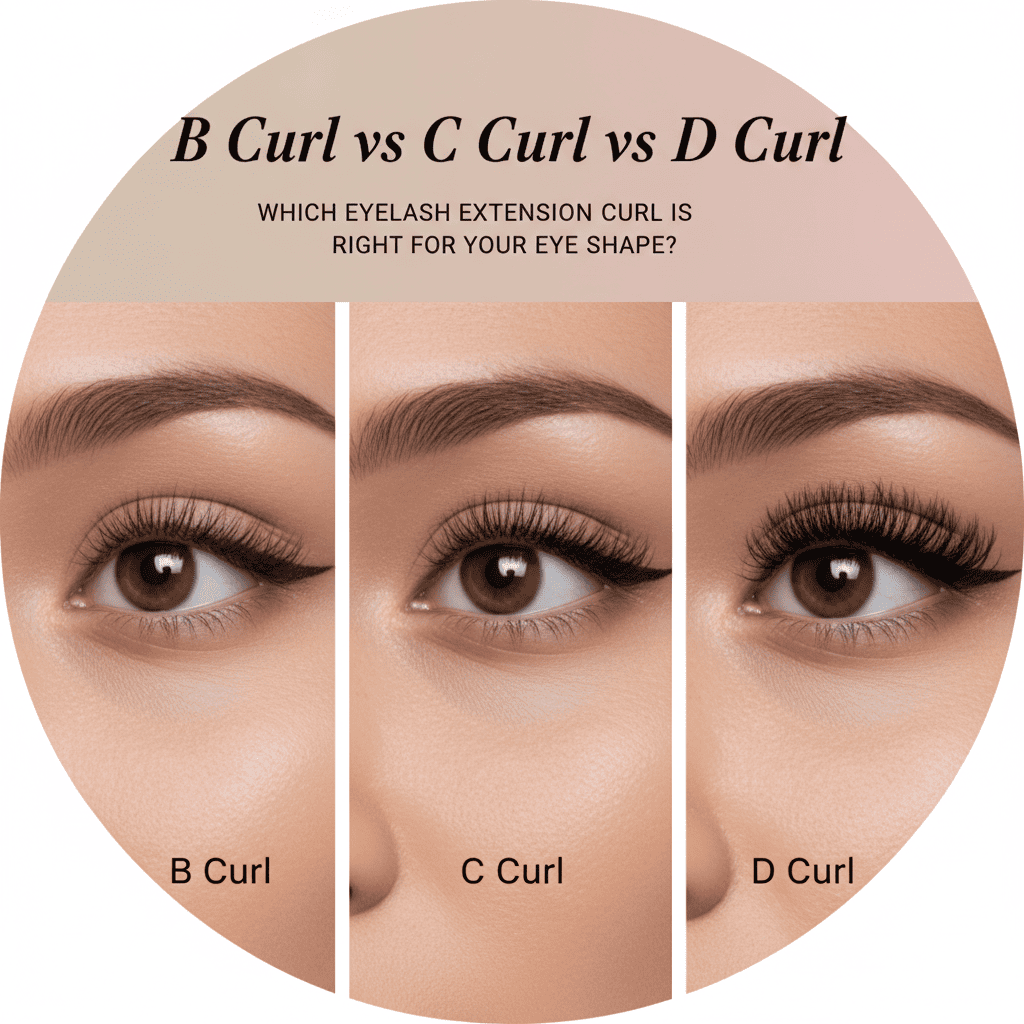
B Curl vs C Curl vs D Curl: Which Eyelash Extension Curl is Right for Your Eye Shape?
